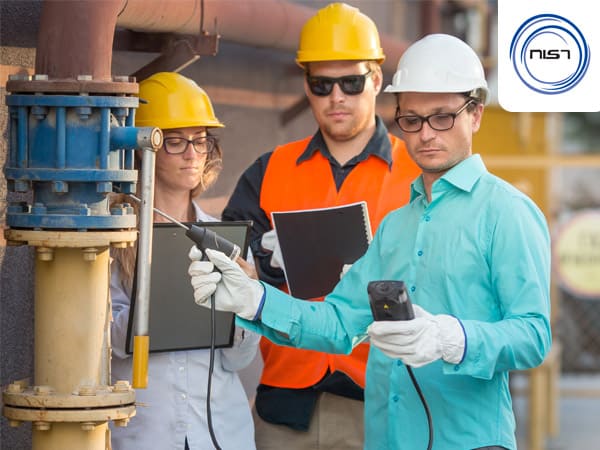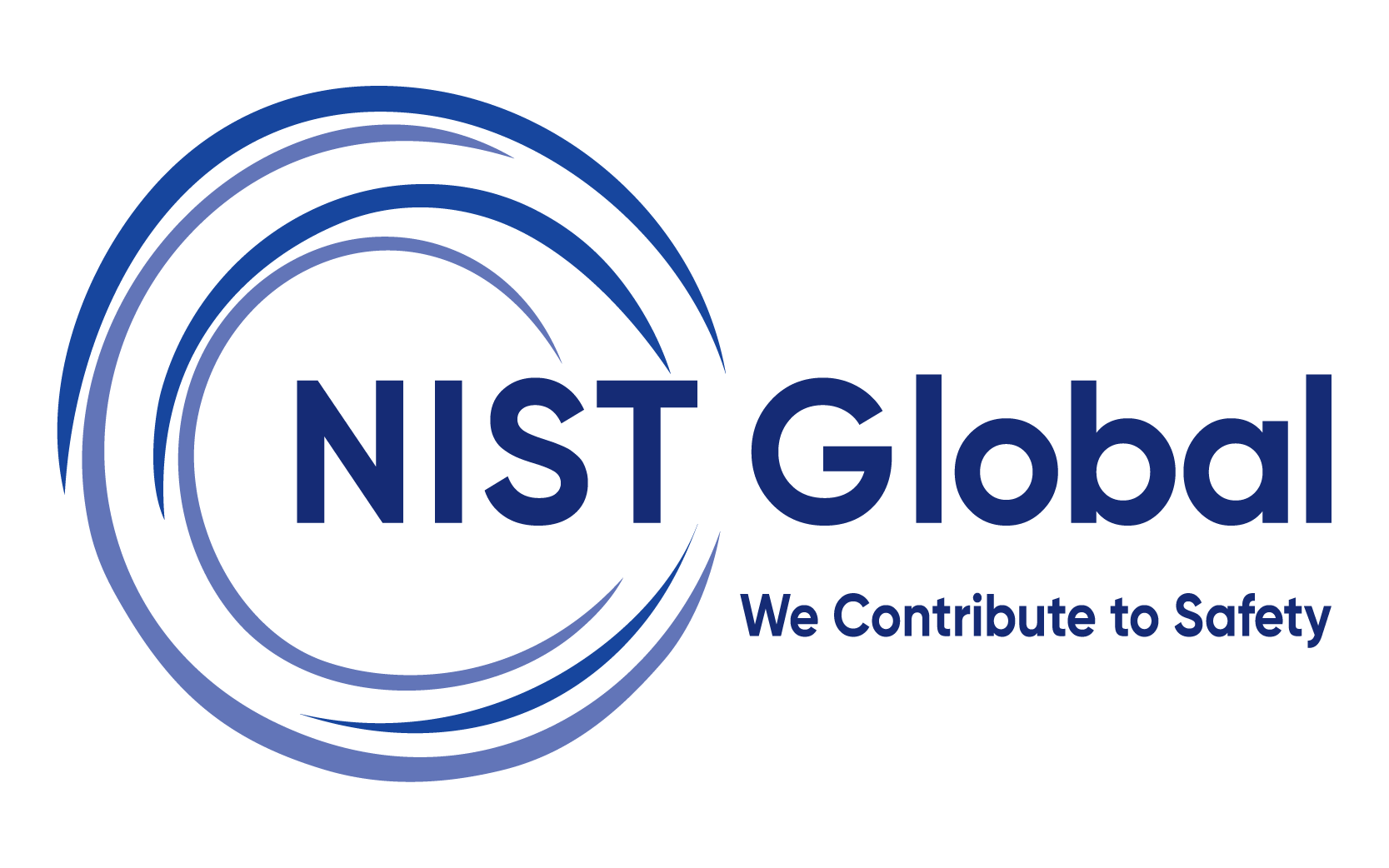Authorised Gas Tester
In order to reduce the risks associated with hazardous gases, industrial plants should involve their Gas Testers in Authorized Gas Tester (AGT) training to ensure the safety of onsite workers and property assets.Further, early detection of a modest quantity of a poisonous or flammable gas discharge at a chemical processing facility or at a petroleum refinery could make the difference between a manageable, small problem and something that might develop into a major tragedy.

-
Training ModeFace to face
-
Learning PartnerNIST
-
Training TopicAuthorised Gas Tester
-
LanguageEnglish
-
For queries, & Assistance
Introduction
An essential component of feeling good and healthy is the quality of the air we breathe. Especially in the work environment, we can’t take the air we breathe for granted because as a result of industrial activities, the air we breathe may be hazardous or toxic to health. For example, low oxygen levels can be caused by open flame activities like welding, cutting, or brazing, which in turn result in dizziness among workers. Similarly, refinery/petrochemical applications and parking garages produce toxic gases like Hydrogen Sulphide (H2S) and Carbon monoxide (CO) which may cause irritation to the eyes and respiratory system.
In addition to the health risk, combustible gases and vapors pose a threat of explosion and subsequent property loss. For instance, Methane (CH4), a common combustible gas, is found in confined spaces produced by microbial decomposition of materials like sewage and rotting vegetation. It causes a catastrophic explosion if it is combined with the right oxygen levels near to an ignition source. In a similar vein, Hydrogen is a combustible gas that is colorless, odorless, tasteless and non-toxic. It is largely employed as a reactant in numerous sectors, including chemical, refining, metallurgy, glass, and electronics. However, as per the National Fire Protection Association (NFPA’s) standard, it possesses the highest rating on the flammable scale since it can explode in even minute concentrations when combined with air.
In order to reduce the risks associated with hazardous gases, industrial plants should involve their Gas Testers in Authorized Gas Tester (AGT) training and conduct regular hazard risk assessments to ensure the safety of onsite workers and property assets.Further, early detection of a modest quantity of a poisonous or flammable gas discharge at a chemical processing facility or at a petroleum refinery could make the difference between a manageable, small problem and something that might develop into a major tragedy.
Learning Outcomes
- Get awareness on when and why gas testing is required.
- Understand the Hazardous properties of different gases.
- Acquire knowledge on how to use gas testing Equipment.
- Understand how to conduct gas testing in confined spaces and Hazardous work area.
- Determine required criteria for safe working environment.
Who can take this training?
- Anyone who is involved in professional gas testing
- Supervisors and Safety Officers in industries such as oil and gas, chemicals, plastics, pharmaceuticals, and any other potentially hazardous work environments
- Confined Space and Hot Work professionals
Benefits
- Enables delegates proficient in Gas testing techniques
- Empowers delegates to stay confident and better positioned in challenging work environments
- Minimizes the consequences of hazardous gas release incidents
- Aids to comply with regulations and environmental objectives
- Enhances business performance and operation capability
Assessment
- Delegates are assessed through a multiple-choice questionnaire
Training Mode
- Face to face training
